Secteur des Sciences de la vie
Historiquement très rentable, le secteur vit une mutation accélérée dans un contexte de pression économique forte, d’exigences réglementaires croissantes, de compétitivité prix et services sur les produits OTC (Over The Counter), de dérégulation et de rationalisation des dispositifs de santé publique. Ce contexte force les entreprises du secteur à développer de nouvelles stratégies opérationnelles.
Les défis auxquels le secteur des Sciences de la vie doit faire face
Pour relever ces nombreux défis, les laboratoires pharmaceutiques, comme l’ensemble du secteur Life sciences, doivent améliorer sans relâche le service qu’ils proposent à leurs clients. Cela suppose de mettre sur le marché de nouveaux médicaments et de développer des services aux patients et aux prescripteurs, et ce, en tirant parti des opportunités offertes par le digital.
Les laboratoires doivent plus que jamais amortir les coûts croissants de R&D en cherchant des effets d’échelle à travers des synergies industrielles ou de distribution. Ceci se traduit par une nécessaire maîtrise des intégrations post-acquisition sur les dimensions organisation, processus et SI. Le soutien d’un cabinet de conseil en stratégie peut s’avérer particulièrement rentable pour maîtriser ces différents éléments.
Non seulement les entreprises doivent être plus flexibles mais elles doivent:
- Maîtriser leurs coûts
- Adapter leur stratégie de distribution
- Améliorer le pilotage de la demande et du modèle de collaboration entre acteurs à travers la maîtrise de l’équilibre entre demande, stocks et capacité industrielle
- Faire évoluer leur modèle industriel (points de découplage, différenciation retardée, taille de campagne)
- Optimiser leur politique de stocks
- Réduire les cycles de production
- Gérer les change controls
Ce que notre cabinet de conseil peut faire pour vous permettre relever les défis liés au secteur des Sciences de la vie
Nous accompagnons nos clients du secteur dans leur transformation, depuis l’évaluation des enjeux jusqu’à la mise en œuvre des leviers d’amélioration de la performance sur l’ensemble de la chaîne des opérations :
Stratégie des opérations
- Gouvernance et organisation de la Supply Chain et des opérations
- Make or buy et footprint industriel
- Réduction de la complexité catalogue
- Pilotage des cessions carve out et des intégrations post-acquisitions
Digitalisation des opérations
- Traçabilité en temps réel via l’IoT (flux, transport, marchés parallèles, respect des températures…)
- Prévisions de la demande
- Maîtrise des procédés de fabrication
- Développement de la maintenance prédictive
- Déploiement d’APS (Advanced Planification Scheduling)
Performance économique et maîtrise des coûts
- (Re)design to value, efficacité de la fonction achats / should-cost des packagings
- Compétitivité industrielle
- Réduction des stocks
- Réduction des SG&A (Sales, General & Administration Frais généraux et administratifs)
- Optimisation du cost to serve et des circuits logistiques
- Gouvernance et pilotage de la performance
Agilité
- Développement de nouveaux produits
- Synchronisation de la chaîne de planification et exécution: vendre >> réapprovisionner >> produire >> commander
- Réactivité et flexibilité industrielle (MTO/MTS, taille de campagne de production, répartition des stocks de sécurité et stabilisation du signal de demande)
Compliance
- Gestion du change control
- Choix du modèle de sérialisation et maîtrise du time to market
- Processus de libération
- Mise sous contrôle des master data
Collaboration
- Pilotage de la supply chain et déploiement d’APS (Advanced Planning & Scheduling)
- Interaction avec les CDMO (Contract Development and Manufacturing Organisations) à travers le supplier développement
- Planification collaborative avec les façonniers
- Maîtrise des risques des sources d’approvisionnement
Notre démarche
Notre cabinet de conseil en stratégie des opérations associe expertise technique, expérience opérationnelle et connaissance métier pour accompagner ses clients à résoudre les problèmes spécifiques au secteur des Sciences de la vie et à obtenir des résultats durables. Notre démarche garantit l’adhésion à tous les niveaux de l’entreprise pour nos clients ainsi qu’un résultat pérenne. Nous avons accompagné un large éventail de clients dans le secteur des Sciences de la vie tels que Arysta, Pfizer, Merck, GSK, Bristol-Myers Squibb (BMS), Novartis, Roche, Sanofi, Servier ou encore IPSEN. Cliquez ici pour en savoir plus.





